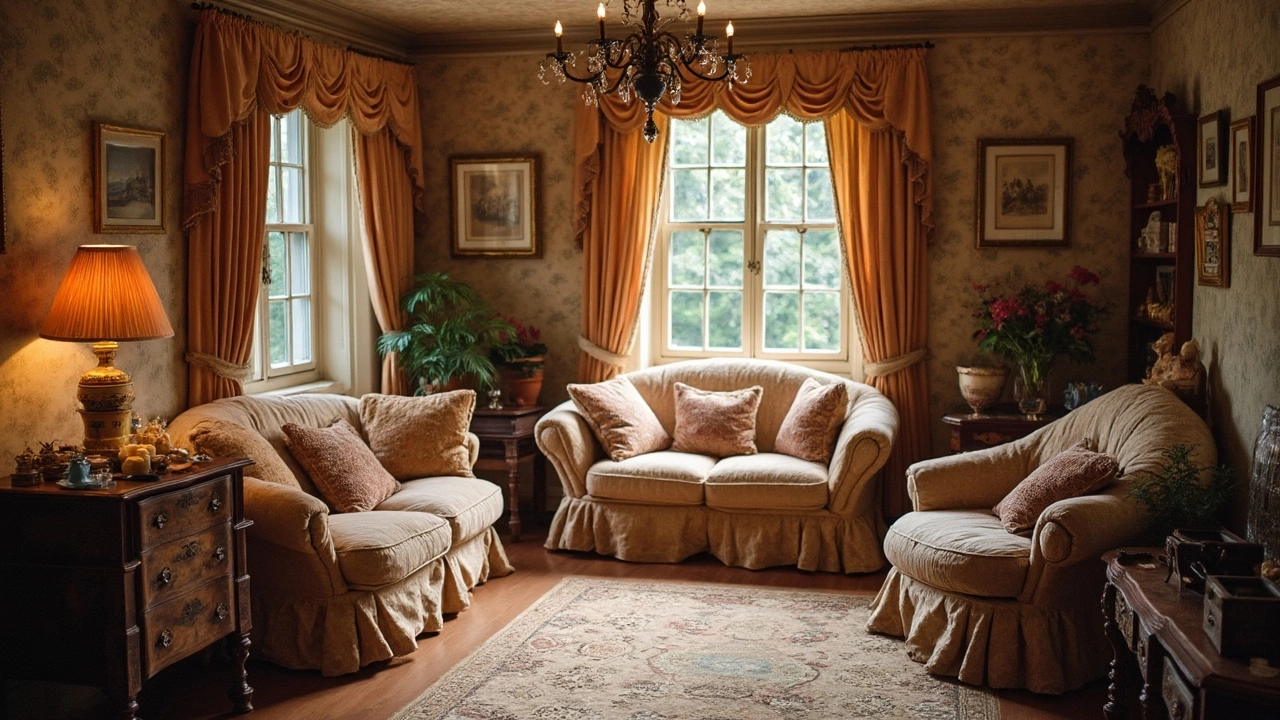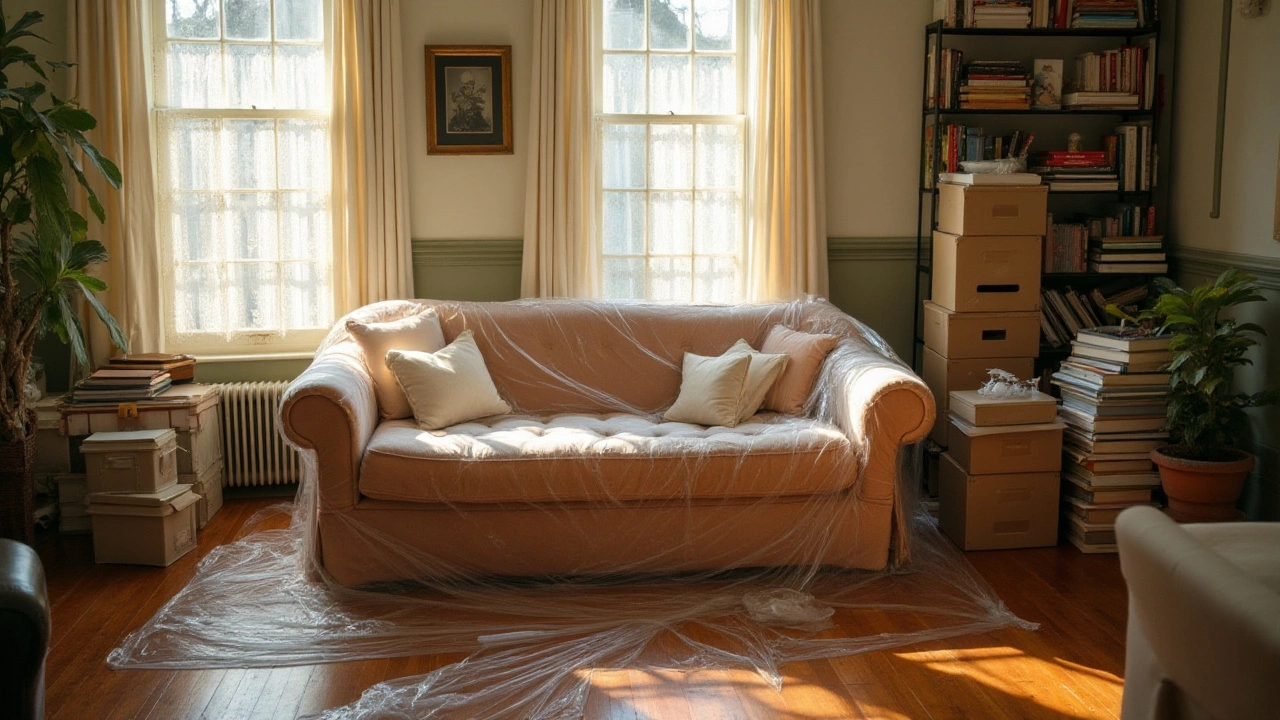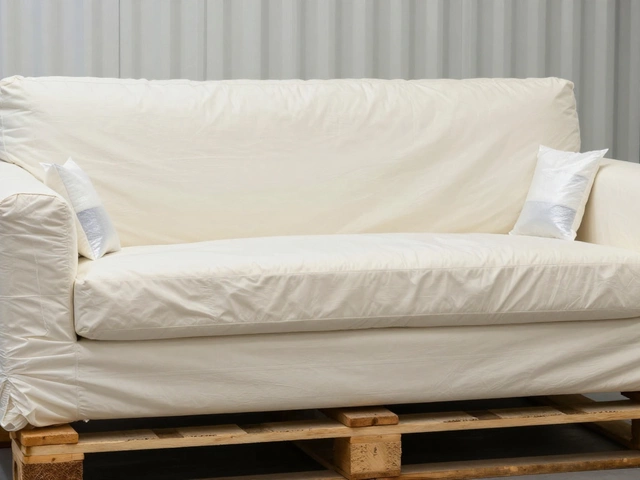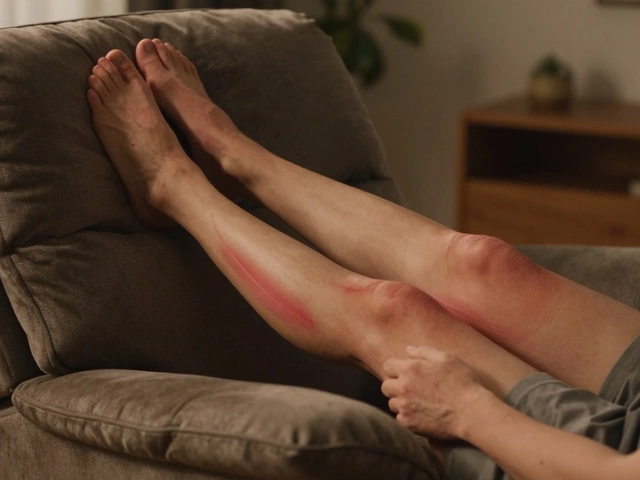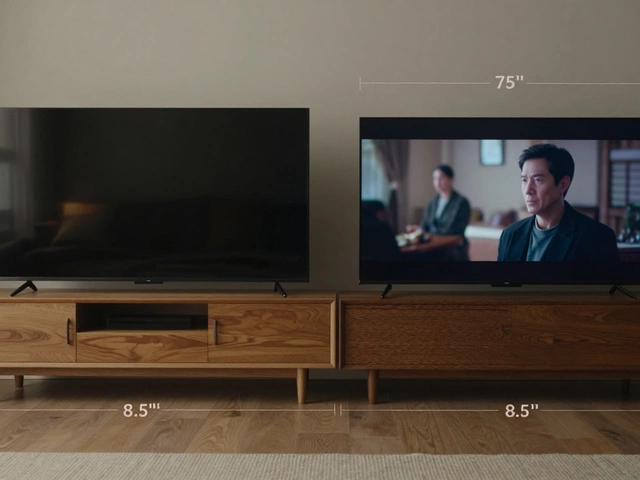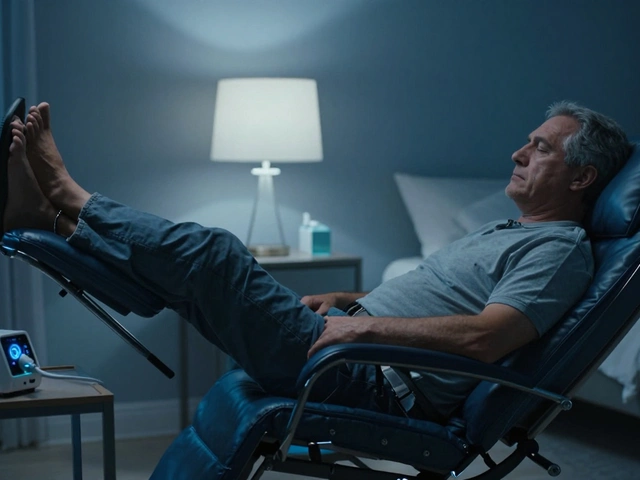Protecting Furniture: Easy Ways to Keep Your Home Pieces Safe
Got a favorite sofa, a wooden wardrobe, or a set of patio chairs you love? Keeping them looking fresh doesn’t have to be a chore. A few everyday habits can stop cracks, stains, and bugs before they happen. Below are the most useful steps you can start doing today.
Shield Indoor Furniture from Light, Heat and Humidity
Sunlight is a silent attacker. Even a few hours of direct sun can fade fabric and bleach wood. Use curtains or blinds, or place a light‑weight throw over the part of the sofa that faces a window. For wooden dressers and wardrobes, a clear protective wax adds a thin barrier that repels moisture and reduces heat damage.
Temperature swings in winter can warp wooden legs or crack veneers. Keep furniture away from radiators, heating vents, and drafty doors. If you notice a spot getting warm, move the piece a few inches back. A small space heater placed too close can do more harm than good.
Humidity is another hidden enemy. In damp rooms, wood may swell and metal can rust. Use a dehumidifier in basements or bathrooms where you store bookshelves or wooden cabinets. For fabric sofas, sprinkle a little baking soda, let it sit, then vacuum – it helps absorb moisture and odors.
Outdoor Furniture Needs a Different Kind of Care
Patio sets are built for the elements, but they still deserve protection. After each season, give them a quick wash with mild soap and a hose. Rinse well so no residue stays to attract grime.
Covering is the easiest way to extend life. Invest in breathable, water‑resistant covers that fit snugly. Put the cover on at night or when you know rain is coming. It prevents moss, leaves, and UV rays from degrading the surface.
If you have a wooden deck, polish the furniture with a marine‑grade oil every year. It seals the wood against rain and sun while keeping the colour rich. Metal frames benefit from a light spray of rust‑preventive paint if you notice any rust spots – a quick touch‑up stops corrosion from spreading.
Grass under heavy chairs can get compacted and turn brown. Use small rubber pads or a thin plywood sheet under the legs. This spreads the weight, protects the lawn, and makes moving chairs easier.
Finally, watch out for pests. Mites love hidden corners in upholstery, while rodents can chew wooden legs. Vacuum sofas regularly, and consider a light mist of natural insect repellent on fabric. For wooden outdoor pieces, a dash of cedar oil deters insects without harming the finish.
Keeping your bedroom furniture safe follows the same rules. When you plan a custom wardrobe, ask the maker to apply a protective finish that matches the wood type. It’s a small extra cost that saves you from future staining.
In short, protecting furniture is all about managing light, temperature, moisture, and pests. A few simple habits – using covers, moving pieces away from heat sources, applying protective finishes – go a long way. Your sofas, wardrobes and patio chairs will stay looking new for years, and you’ll enjoy a home that feels fresh without spending a lot of time on repairs.
What to Put Over Furniture in Storage: Tips and Tricks
Storing furniture isn't just about finding space; it's about protecting your items from dust, moisture, and pests. Using the right covers can save your furniture from damage and keep it clean. This article presents practical tips on choosing suitable coverings for different types of furniture while emphasizing the importance of material choices and storage conditions for optimal preservation.
The Ultimate Guide to Wrapping Your Couch for Storage
Storing your couch the right way ensures that it remains pristine even after long periods of inactivity. Wrapping a couch properly prevents damage from dust, pests, and moisture. Consider specific materials and techniques to protect the upholstery and framework. This guide offers essential tips and precautions to safeguard your couch during storage.
